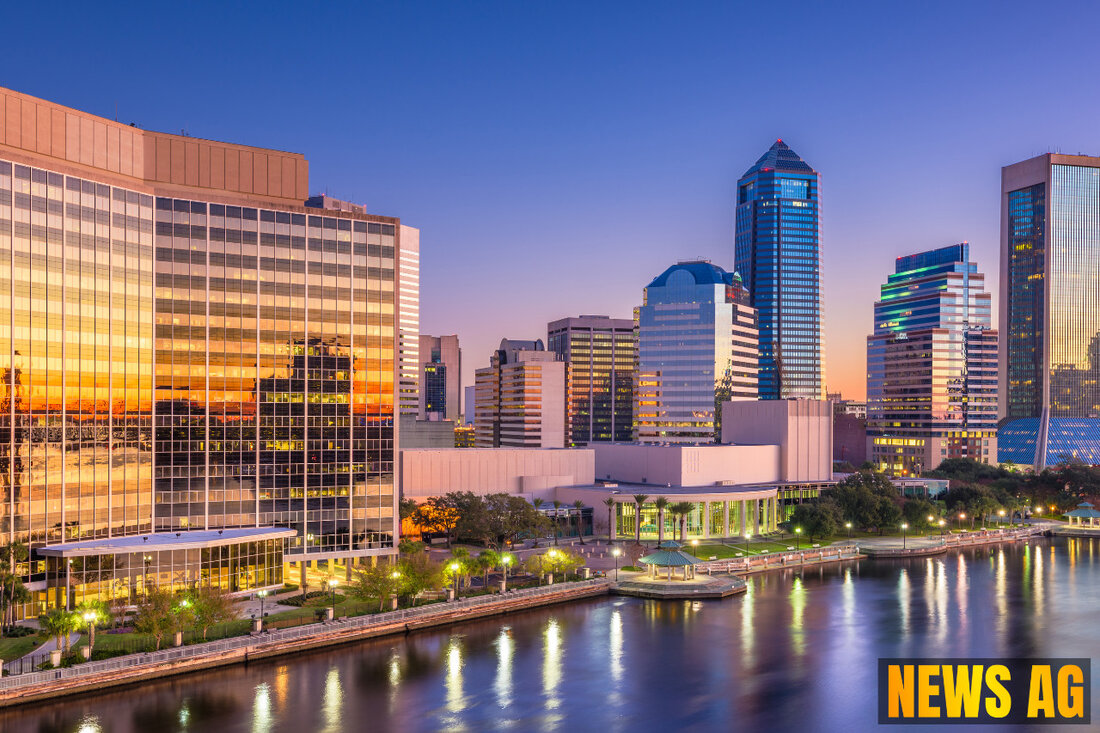Shocking Legacy of Dozier School: Death Row, Trauma, and Reparations
Explore the legacy of abuse at the Dozier School in Marianna, Florida, highlighting survivor testimonies and the recent apology to victims.

Shocking Legacy of Dozier School: Death Row, Trauma, and Reparations
The harrowing legacy of abuse at Florida’s reform schools looms large over the lives of many, particularly those like Michael Bell, who emerged from this dark chapter with lasting scars. Bell, a former resident of the Dozier School for Boys, recounts a childhood fraught with violence and intimidation. Forced to fight larger boys and endure horrendous abuse at the hands of guards, he is one of many whose lives were shattered by the horrific conditions at Dozier. Reports from Boston Globe indicate that at least 34 boys from Dozier, along with an additional 16 from Okeechobee, found themselves on Florida’s death row, a grim testament to how childhood trauma can warp lives irreparably.
Diving deeper into the tragedy, Bell was convicted for the double homicide of two individuals in Jacksonville, a crime stemming from his painful past at Dozier. He describes his time there as „torture,“ marked by sexual assaults and an environment that seemed designed to break the spirit of its young charges. While not all children suffering from abuse turn to violence, studies indicate that such trauma can disrupt brain development, leading to lifelong repercussions in behavior and impulse control.
The Ripple Effect of Abuse
Tragically, Bell is not alone; the impact of the abuses at Dozier and Okeechobee has stretched across decades. Hundreds have come forward to share their stories of brutality within the walls of these state-run institutions. Research reveals that nearly 100 boys died at Dozier between 1900 and 1973, with some of these deaths attributed to grievous injuries like gunshot wounds. The CNN report outlines a formal apology from Florida lawmakers for the grievous wrongs inflicted on these children, many of whom were committed for minor offenses during the Jim Crow era.
In a recent affirmation of justice, Florida has allocated $20 million in restitution for surviving victims of abuse at Dozier and Okeechobee. As detailed in WUSF, individuals who’ve endured mental, physical, or sexual abuse at these schools are eligible to receive compensation, with checks now being issued to over 900 approved applicants. However, some survivors, like Roy Connerly, express disillusionment with the compensation amount, stating it hardly reflects the magnitude of their suffering.
Acknowledgment and Accountability
The need for recognition does not just come down to dollars and cents. Survivors known as the „White House Boys“ have been vocal advocates for reparations, sharing their stories and pushing for acknowledgment of the severe long-term impacts of the abuse they faced. Unfortunately, after numerous investigations, no criminal charges have been filed against anyone involved in these abuses, leaving many families frustrated and searching for closure.
As the specter of past abuses continues to haunt Florida, the question remains: How do we ensure that such horrors are never repeated? The acknowledgment of wrongs done is the first step, but so must be accountability and systemic change in how we care for our most vulnerable children. The resilience of the survivors is honored in the recent adaptation of Colson Whitehead’s Pulitzer-winning novel „Nickel Boys,“ which sheds light on the experiences of those who suffered at Dozier, a necessary remembrance that begs us to reflect on the future.

 Suche
Suche
 Mein Konto
Mein Konto